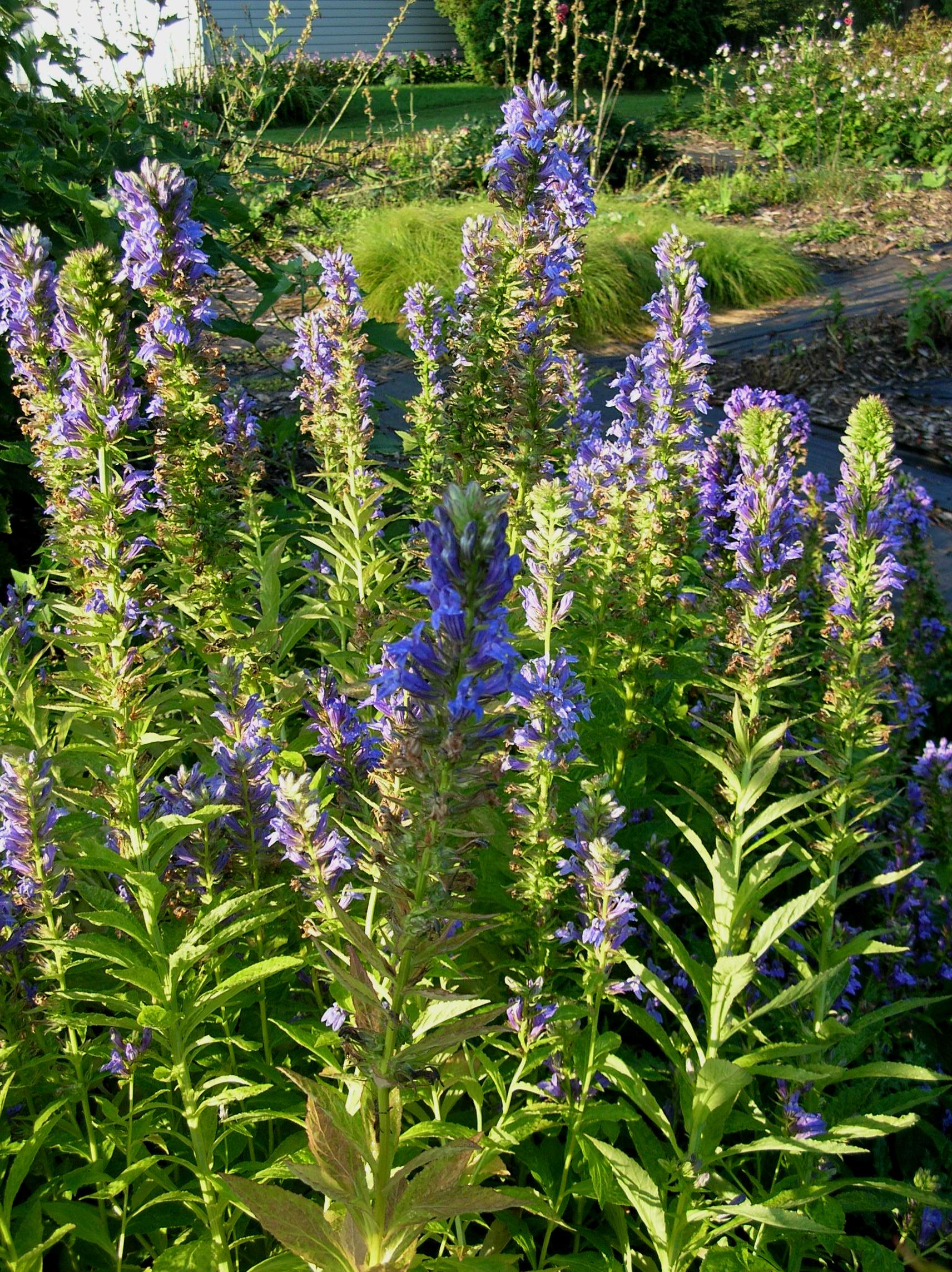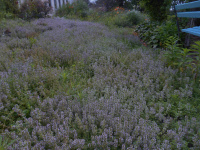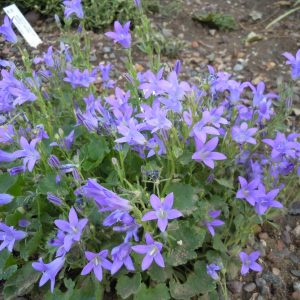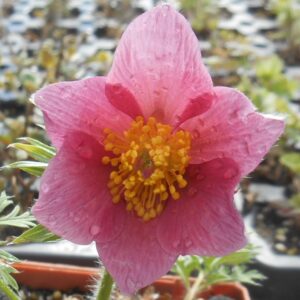Description
A striking, erect spike of sky to blueberry-blue blossoms. On top club-shaped buds, below trumpet-shaped, open flowers, made of a tube flaring open with the bottom divided into three, each segment pointed at the ends. From late summer to early fall.





